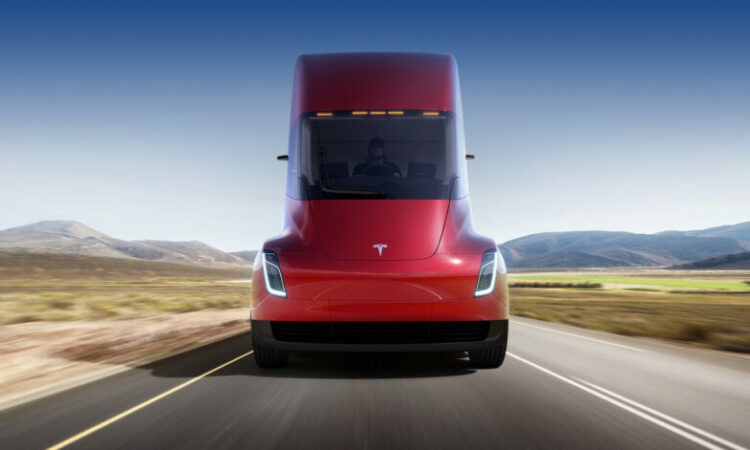Every day, millions of trucks move goods across streets and highways worldwide. According to estimates, around 15.5 million trucks transport about 72% of all goods in the USA alone. CO₂ emissions from road freight transport are significant: trucks account for about 23% of the total CO₂ emissions from the transport sector. At the same time, challenges such as the shortage of drivers and high operating costs are leading to the search for alternatives. One of the most exciting developments in this area is self-driving trucks.
The future of road transport: automated controls
The future of road transport could soon consist of self-driving trucks. Various companies are already testing autonomous trucks on the roads. In Thompson, Manitoba, self-driving commercial vehicles are expected to be on the highways in the near future. These vehicles are designed not only to address the driver shortage, but also to improve road safety. Autonomous trucks can detect obstacles faster and react, which could reduce the risk of accidents. CO₂ emissions could also be reduced thanks to a more efficient driving style. The development and sale of such trucks, including the truck sales, could also significantly change the used car market, as companies rely on the latest technology.
Challenges for logistics companies in purchasing modern trucks
Although autonomous trucks offer numerous advantages, logistics companies face major challenges, especially in terms of acquisition costs. A fully autonomous truck can cost several hundred thousand US dollars to purchase. This represents a significant investment that not every company can afford. In addition to the acquisition costs, maintenance and upkeep also play a major role. Cutting-edge technology requires specialized training and ongoing maintenance to keep systems in top working order. This could incur additional operating costs that burden companies with limited budgets. However, the market for used trucks that incorporate this technology could grow rapidly as companies seek alternative and more affordable solutions.
Support from the Canadian government
The Canadian government has recognized that the future of transportation could lie in autonomous and energy-efficient trucks. Various funding programs support innovations in autonomous driving and sustainable transportation. The Green Freight Assessment Program aims to reduce CO₂ emissions from road freight transport and supports companies that invest in new, greener technologies. There are also plans to expand autonomous driving trials in Canada to test the technology under real-world conditions. The government is offering tax incentives for companies that invest in green technologies to help accelerate the market launch of autonomous trucks.
Opportunities and risks: the application of autonomous trucks
The use of self-driving trucks brings many opportunities, but also entails risks. One of the biggest opportunities is improving road safety. Studies show that up to 90% of traffic accidents are due to human error. Autonomous vehicles could significantly reduce this number. Another advantage is increased efficiency: autonomous trucks can drive 24/7 without needing breaks, which drastically reduces delivery times while also optimizing fuel consumption. However, there are also risks. A technical defect in an autonomous system could have serious consequences. Furthermore, the question arises as to how quickly this technology can conquer the broad market, since the acquisition costs are high and the technology is still in the development phase.
Accident statistics and efficiency gains from self-driving trucks
According to a study by the American Transportation Research Institute (ATRI), autonomous trucks could reduce the number of accidents on highways by up to 30%. This is because autonomous systems respond faster to hazards and eliminate human error. The efficiency of the trucks could also be significantly increased: autonomous trucks could reduce fuel consumption by up to 15% through continuous driving and optimized route planning.
TruckstopCanada


